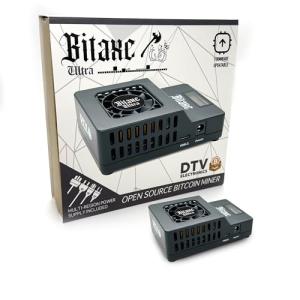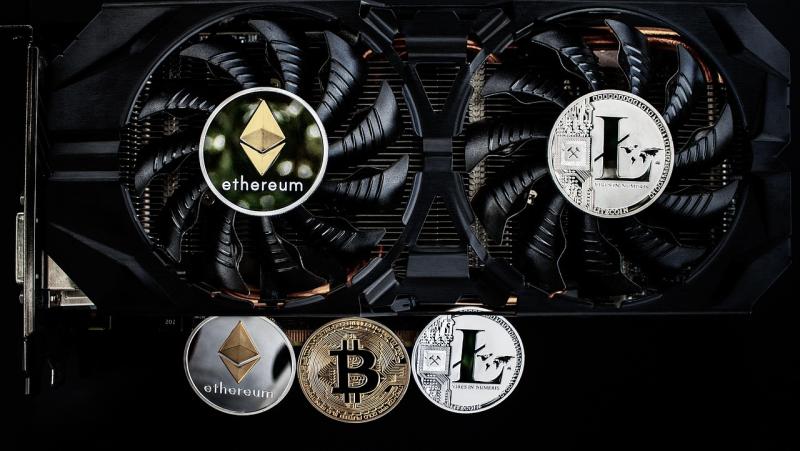Cryptocurrency can be a complex world, with terms like blockchain, mining, and hash rates often causing confusion. One concept that might sound even more unusual is cryptocurrency lottery miners. What does a lottery have to do with mining digital money?
In this article, we’ll break down what lottery miners are, how they work, and introduce a few examples to help you understand this unique part of the crypto ecosystem.
✅ What Are Cryptocurrency Lottery Miners?
To understand lottery miners, we first need to look at how traditional cryptocurrency mining works.
In cryptocurrencies like Bitcoin, miners use powerful computers to solve complex math problems. The first one to solve it gets to add a new block to the blockchain and is rewarded with cryptocurrency. This process is known as proof-of-work.
Now imagine this process as a lottery:
-
Everyone (all miners) is buying lottery tickets by trying to solve the problem.
-
Only one winner is randomly chosen — the one who solves it first.
-
The winner gets the reward (newly minted crypto + transaction fees).
-
Everyone else gets nothing, despite spending energy and time.
So in simple terms, lottery mining refers to how mining works in proof-of-work cryptocurrencies, where success is random (like winning a lottery), even though it also depends on computing power.
🎰 Why Is It Called a "Lottery"?
-
Random Chance: Even with powerful hardware, there's no guarantee you'll win the next block. It's all based on probability — similar to buying more lottery tickets increases your chances, but doesn’t ensure a win.
-
Only One Winner Per Round: Like a lottery, only one miner gets the reward for each block. Others walk away with nothing.
-
Cost vs. Reward: Just like in real lotteries, miners spend resources (electricity, hardware wear) hoping for a big reward that may never come.
🧠 Is It Really All Random?
Not quite. The more computing power (also known as hash power) you have, the higher your chances of solving the block first. Think of it as buying more tickets in the lottery. The system still selects the winner randomly, but with weighted chances.
This is why big mining farms with specialized machines (like ASIC miners) dominate the mining scene — they have more “lottery tickets” than the average solo miner.
🧪 Examples of Lottery-Style Mining Cryptocurrencies
Many cryptocurrencies use proof-of-work and follow the lottery-style mining model. Here are a few examples:
1. Bitcoin (BTC)
-
The original and most well-known cryptocurrency.
-
Uses proof-of-work and is the classic example of lottery mining.
-
Mining is highly competitive and often done in mining pools to increase chances of earning rewards.
2. Litecoin (LTC)
-
Similar to Bitcoin but with faster block times and a different hashing algorithm (Scrypt instead of SHA-256).
-
Also uses a lottery-like mining model.
3. Dogecoin (DOGE)
-
Originally created as a joke, but now a popular coin.
-
Uses the same mining algorithm as Litecoin and can be merged mined with it — meaning you can enter two lotteries at once!
4. Kaspa (KAS)
-
A newer cryptocurrency that uses a high-speed proof-of-work algorithm.
-
Still follows the lottery mining principle, but aims to reduce confirmation times and increase block frequency.
🤝 What Are Mining Pools?
Because lottery mining can be so unpredictable, many miners join mining pools. These are groups of miners who combine their computing power and share rewards based on their contributions.
This way, instead of relying on luck to win a block on your own, you get smaller, more regular payouts as part of a team.
Examples of popular mining pools:
-
Slush Pool
-
Antpool
-
F2Pool
🚨 Risks of Lottery Mining
-
Unpredictable earnings: Solo miners might never win a block.
-
High electricity costs: You can spend more on power than you earn.
-
Hardware wear and tear: Constant mining can degrade your equipment.
For beginners, it’s often safer to mine as part of a pool, or consider alternatives like staking, depending on the coin.
🧾 Summary
| Term | Explanation |
|---|---|
| Lottery Mining | A way to describe proof-of-work mining where one miner “wins” a reward at random. |
| Proof-of-Work | A consensus method where miners solve math problems to add new blocks. |
| Mining Pool | A group of miners who share rewards to reduce risk. |
| Solo Mining | Mining alone — higher rewards, but very low chances. |
🧠 Final Thoughts
Cryptocurrency lottery miners are not a separate type of technology — they are a helpful way to understand the random nature of mining rewards in proof-of-work systems. While the comparison to a lottery makes it easier to grasp, it’s important to remember that miners can increase their odds with better equipment or by joining a pool.
If you’re a beginner interested in mining, take time to research hardware costs, electricity rates, and the risks involved. Understanding the “lottery” behind mining can help you make smarter choices.
Bitaxe Open Source Bitcoin ASIC Miner - 500 GH/s
Get powerful mining performance with this easy-to-use open source Bitcoin ASIC miner
Product information
€80.92
Product Review Score
4.48 out of 5 stars
185 reviews



